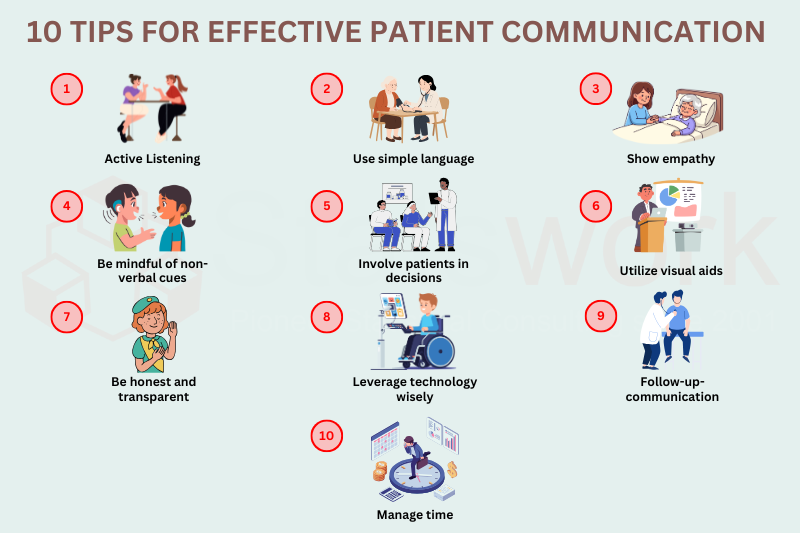
As the data collection methods have extreme influence over the validity of the research outcomes, it is considered as the crucial aspect of the studies
May 2025 | Source: News-Medical
In today’s fast-paced healthcare sector, time is of the essence. Health care professionals are constantly looking for ways to create efficiencies that do not diminish quality of care. One of the most disruptive technologies in this regard is speech recognition in healthcare. With the advancements of AI-powered speech recognition and deep learning technologies, medical speech recognition technology has gone through exponential advances—from basic voice assistants to powerful healthcare speech-to-text solutions that can transcribe a doctor-patient conversation instantaneously. This article will describe how typical conversational speech is being applied in healthcare for patient-physician communication to minimize administrative burden and enhance patient outcomes.[1]
Aspect | How Speech Recognition Improves Doctor-Patient Engagement |
Focus on Conversation | Doctors can focus exclusively on the patient without distraction while taking notes. |
Better Patient Experience | Due to the ability, it becomes more personal and caring experience for the patient. |
Accurate Medical Records | Speech recognition allows for good documentation accuracy of symptoms, medical history, and treatment plans. |
Real-Time Documentation | Doctor can document a patient visit in real-time, improving the likelihood of accurate documentation of the encounter, and decreasing the likelihood of errors.[3] |
Improved Patient Trust | Physicians maintain mutual gaze and are more engaging, promoting a feeling of trust with the patient. |

Accurate and timely documentation of medical records directly drives patient care. When a physician uses speech recognition to transcribe the physician-patient encounter, valuable health information opportunities are captured without the burden of writing or delayed documentation, which translates to faster care and treatment. In fact, documentation through speech recognition may improve the quality of health records because care teams can capture in greater detail the symptoms, concerns, and treatment plans during education if they are “capturing the encounter” through speech recognition and their focus is on the visit rather than writing.[3]
And, with an accurate medical record, the potential for misdiagnosed patient care decreases while communication with follow-up care teams may improve. Also, by using speech recognition, physicians spend less time in the documentation and more time on patient care, which positively impacts patient outcomes.
Challenge | Description |
Accuracy | Misunderstandings or inaccuracies in medical vocabulary can adversely affect patient documentation and the patients’ care. |
Privacy | Required compliance with laws such as HIPAA to protect against sensitive data breaches. |
Challenges with speech recognition in healthcare appear with both accuracy of complex speech and medical terminology, which can create errors in the patient’s record. Privacy is another challenge, as speech recognition systems must comply with state and federal laws such as HIPAA for privacy and security.
Compatibility with existing EHR systems can also pose a challenge, especially if the systems are out of date. However, as artificial intelligence and deep machine learning continue to evolve, so does the accuracy and reliability of speech recognition.[5]
Speech recognition is on the verge of restructuring the healthcare landscape by improving the accuracy and efficiency of medical documentation, improving the interaction between physician and patient, and minimizing administrative burden.[4] While there are still issues concerning system accuracy, security, and efficiency/integration, continued improvements in artificial intelligence (AI) and machine learning are influencing future performance significantly. Thoughtful consideration for the implementation of virtual assistants will foster improved patient care, enhanced workflow, and minimize inefficiencies caused by administrative work, and improve healthcare delivery for all involved.
At Statswork, we specialize in speech data collection for healthcare—helping organizations adopt cutting-edge healthcare speech to text solutions. Our tailored services support seamless digital transformation, improve data accuracy, and minimize administrative overheads.
Contact us today: to explore how our expertise can help you leverage speech recognition technology in healthcare for better outcomes and improved efficiency.
WhatsApp us